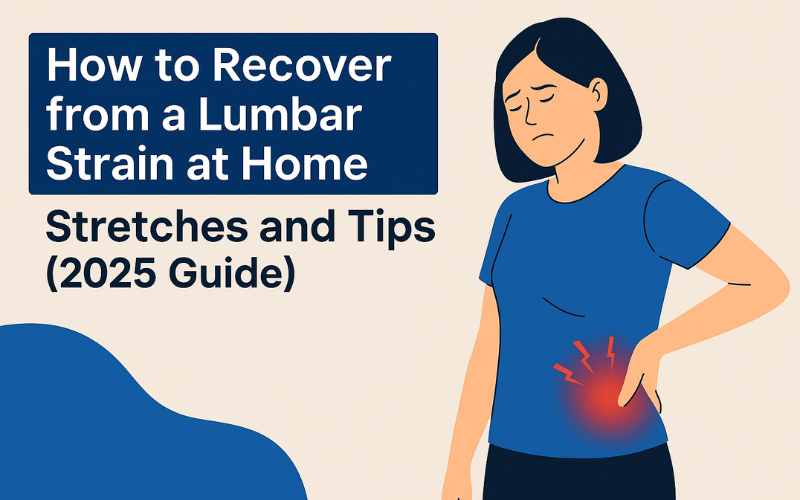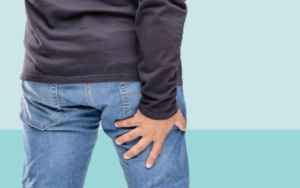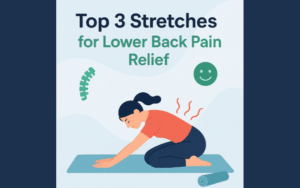Lumbar strain recovery can feel overwhelming, especially when lower back pain makes it hard to move, sit, or even sleep. But the good news is—you don’t always need a doctor’s visit or fancy equipment to start feeling better. With the right stretches, simple exercises, and smart daily habits, you can begin healing right from home. In this 2025 guide, we’ll show you what works, what to avoid, and how to speed up your recovery safely.
Table of Contents
🚨 Looking for more information about Lumbar Strain Recovery? Check out our Understanding Lumbar Strain: Causes, Symptoms, and How to Heal Fast or other related posts throughout this site.
🏁 What Is a Lumbar Strain?
A lumbar strain happens when the muscles or tendons in your lower back get stretched too far or torn. This type of injury is common and often caused by lifting something heavy, moving the wrong way, or doing too much physical activity without warming up.
The lumbar region refers to the lower part of your spine—what most people call the “lower back.” When this area is strained, it can lead to sharp or dull pain, stiffness, muscle spasms, or trouble standing and walking comfortably.

Common Signs of a Lumbar Strain:
- Sudden lower back pain after lifting or bending
- Muscle tightness or spasms in the lower back
- Pain that gets worse with movement but feels better with rest
- Difficulty standing up straight or walking
This condition can affect anyone, but it’s especially common in people who sit for long hours, lift heavy objects, or don’t stretch regularly.
The good news? Most lumbar strains are not serious and can be treated at home with proper rest, stretching, and movement. That’s where a smart lumbar strain recovery plan comes in.
⚠️ Is It Safe to Treat a Lumbar Strain at Home?
Yes, in most cases, it is safe to treat a lumbar strain at home—especially if the pain is mild to moderate. Many people recover within a few days to a few weeks by following simple steps like rest, gentle stretching, and light activity.
Home care is often the first step in lumbar strain recovery, and for good reason: it’s affordable, convenient, and usually effective. However, it’s important to know when it’s safe—and when you should call a healthcare provider.
✅ When Home Treatment Is Usually Safe:
- The pain started after lifting, twisting, or overuse
- You can still walk, sit, and move (even if it’s uncomfortable)
- There’s no numbness, tingling, or weakness in your legs
- Your symptoms are slowly improving with rest and movement
🧑⚕️ When to See a Doctor or Physical Therapist:
- Pain lasts more than 2 weeks without improvement
- You feel tingling, numbness, or leg weakness
- You can’t stand up straight or walk comfortably
- The pain started after a fall or injury
- You have trouble controlling your bladder or bowels (seek immediate help)
Starting your lumbar strain recovery at home is a great choice for many. But if your symptoms don’t improve or start to get worse, don’t wait—professional help can guide you safely back to full strength.
🧘♀️ Best At-Home Stretches for Lumbar Strain Relief
Gentle stretching is one of the most effective ways to support lumbar strain recovery at home. It helps relax tight muscles, improves circulation, and slowly restores your range of motion—without putting too much stress on your back.
Below are simple, safe stretches that are often recommended by physical therapists. Try these daily, but stop if you feel sharp or shooting pain.
1. Child’s Pose
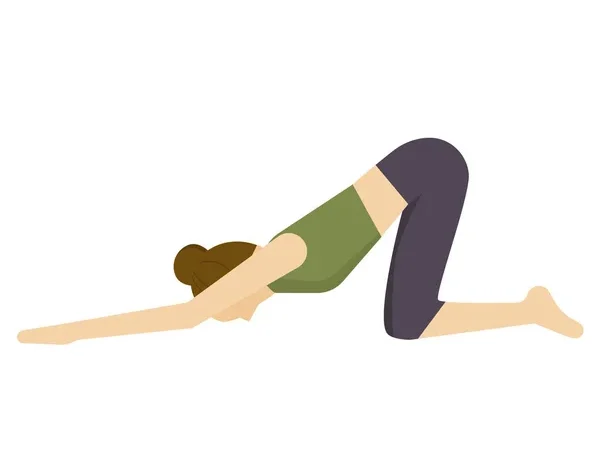
A calming yoga stretch that opens the spine and relaxes back muscles.
- How to do it:
Start on your hands and knees. Sit your hips back toward your heels, stretch your arms forward, and lower your head to the floor. Hold for 30–60 seconds.
2. Cat-Cow Stretch
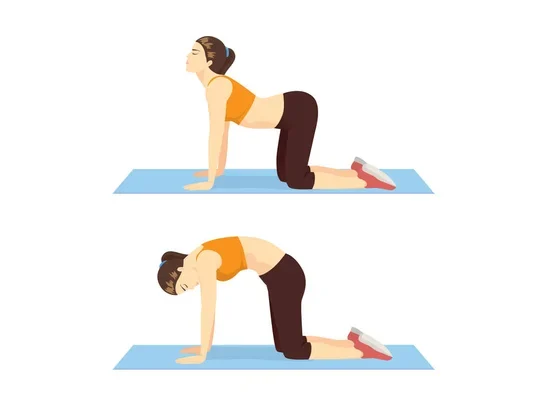
This movement helps with flexibility and spinal alignment.
- How to do it:
On your hands and knees, slowly arch your back (like a cat), then dip your stomach and lift your head and tailbone (like a cow). Move slowly and repeat 8–10 times.
3. Single Knee to Chest Stretch
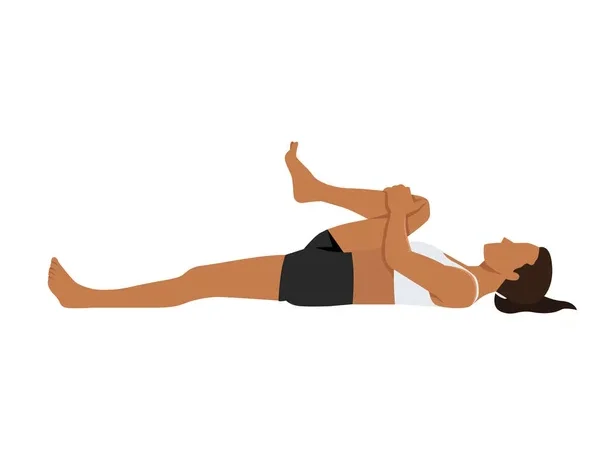
This stretch gently lengthens the lower back muscles.
- How to do it:
Lie on your back with knees bent. Bring one knee toward your chest while keeping the other foot flat on the floor. Hold for 20–30 seconds. Repeat on the other side.
🧠 Tips for Stretching Safely:
- Don’t force any movement—stay within a pain-free range
- Breathe deeply and move slowly
- Stretch daily for best results during your lumbar strain recovery
🏋️ Best At-Home Core Exercises for Lumbar Strain Relief
Once the pain starts to ease, light home exercises can strengthen your core, improve posture, and protect your back from future injury. These movements are a key part of any lumbar strain recovery plan and should be done slowly and with good form.
The goal is not to “work out hard” but to rebuild stability and support around your spine.
1. Glute Bridges
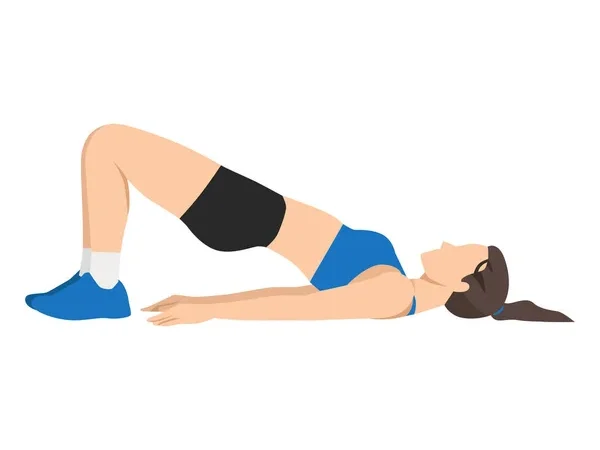
This exercise strengthens the glutes and lower back muscles.
- How to do it:
Lie on your back with knees bent and feet flat. Tighten your core and lift your hips toward the ceiling, forming a straight line from shoulders to knees. Hold for 3–5 seconds. Lower down. Repeat 10–12 times.
2. Bird Dogs
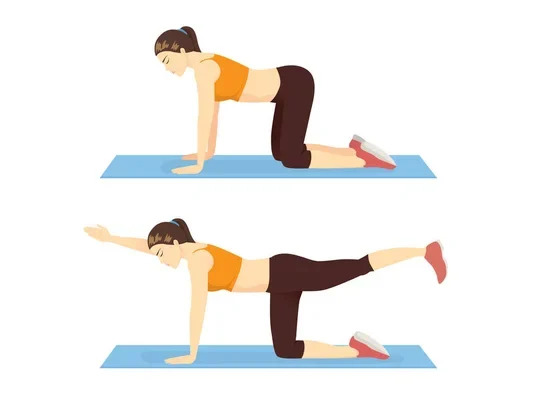
Improves core stability and balance without straining the back.
- How to do it:
On your hands and knees, extend your right arm and left leg straight out. Hold for 5 seconds, then switch sides. Do 8–10 reps per side.
3. Pelvic Tilts
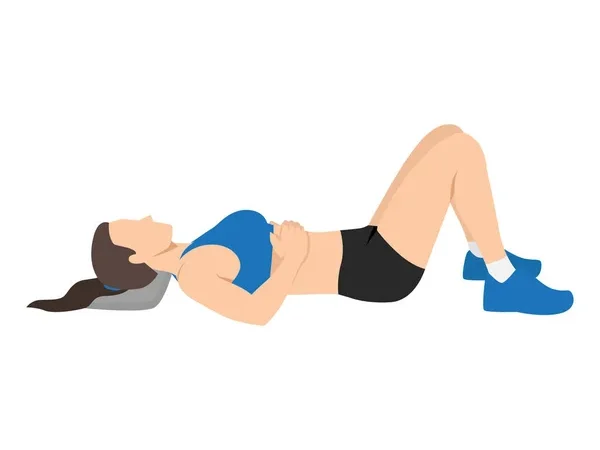
Also used as a stretch, this move activates the deep core muscles.
- How to do it:
Lie on your back with knees bent. Gently flatten your back into the floor by tightening your stomach muscles. Hold 5 seconds. Repeat 10–15 times.
⚠️ Exercise Tips for Lumbar Strain Recovery:
- Start slow—quality is more important than quantity
- Avoid twisting, bending forward, or lifting weights early on
- Stop if pain increases or feels sharp
- Always warm up with light movement or stretching first
Adding just 10–15 minutes a day of these exercises can help you recover faster and prevent future strain.
🧾 Daily Habits to Speed Up Lumbar Recovery
Stretches and exercises are important, but your daily habits can make or break your progress. Small changes in how you move, rest, and sit throughout the day can greatly improve your lumbar strain recovery.
Here are simple things you can start doing right away to help your back heal faster—and prevent setbacks.
1. Use Heat or Ice at the Right Time
- Ice helps reduce swelling and pain in the first 24–48 hours.
- Heat relaxes tight muscles and improves blood flow after the swelling goes down.
- Try 15–20 minutes, 2–3 times a day.
2. Sleep in a Back-Friendly Position
- Lie on your back with a pillow under your knees, or on your side with a pillow between your legs.
- Avoid sleeping on your stomach—it can make the pain worse.
3. Keep Moving—But Gently
- Too much rest can slow recovery. Get up and walk every hour or so.
- Avoid heavy lifting, bending, or twisting for the first few days.
4. Improve Your Sitting Posture
- Sit with both feet flat, back supported, and hips level.
- Use a rolled towel or lumbar cushion for lower back support if needed.
5. Stay Hydrated and Eat Anti-Inflammatory Foods
- Drinking water and eating whole foods like fruits, veggies, and lean proteins can help your body repair tissue faster.
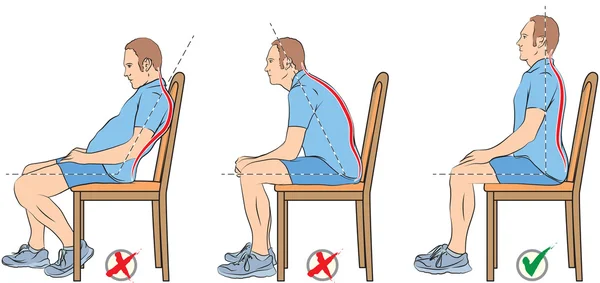
🧠 Quick Reminder:
Consistency matters. Making these habits part of your daily routine can shorten your lumbar strain recovery and help prevent the pain from coming back.
🏆 Mistakes to Avoid During Lumbar Strain Recovery
Even with the right stretches and exercises, certain habits can slow down your healing—or make the pain worse. Avoiding these common lumbar strain recovery mistakes can help you stay on track and prevent re-injury.
1. Resting Too Much
It might feel natural to lie in bed all day, but too much rest can weaken your muscles and slow recovery.
💡 Do this instead: Gentle walking and light activity throughout the day keep blood flowing and help you heal faster.
2. Skipping Core or Posture Work
Your core supports your spine. Ignoring it means your back muscles have to work harder.
💡 Fix it: Add safe, beginner-friendly core exercises like pelvic tilts or bird-dogs into your routine.
3. Doing Intense Workouts Too Soon
Jumping back into heavy lifting, running, or twisting movements can easily re-strain your back.
💡 Tip: Ease back into exercise and avoid anything that causes pain or tightness.
4. Using Poor Form When Lifting or Bending
Bending at the waist or twisting with poor posture is a major cause of re-injury.
💡 Try this: Bend at the hips and knees when picking things up—keep the object close to your body.
5. Ignoring Pain Signals
Pain is your body’s way of saying “slow down.” Pushing through sharp pain often leads to more damage.
💡 Listen to your body: If it hurts, stop. Modify the movement or rest as needed.
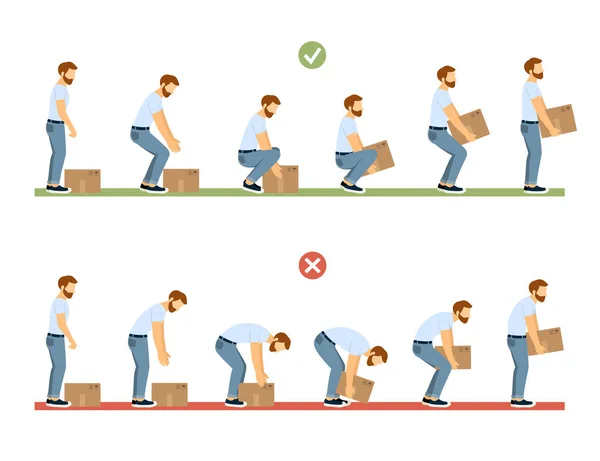
🧠 Pro Tip:
Recovery isn’t just about doing the right things—it’s also about avoiding the wrong ones. Smart habits and awareness will lead to faster, safer lumbar strain recovery.
🕗 When Will You Start to Feel Better?
One of the most common questions people ask during lumbar strain recovery is: “How long will this take?” The truth is, recovery time can vary—but most people start to feel better within a few days to a few weeks, depending on the severity of the strain and how well they care for their back.
🗓️ Typical Recovery Timeline
- Mild Strain: 1–2 weeks with rest, stretching, and light movement
- Moderate Strain: 2–4 weeks with regular rehab and posture correction
- Severe Strain: 4–6 weeks or longer—especially if there’s muscle tearing or inflammation
🛑 Signs You’re Healing Properly:
- Pain is decreasing day by day
- You can move more comfortably
- Stiffness and spasms are improving
- You’re able to return to daily activities without sharp pain
⚠️ Warning Signs It’s Taking Too Long:
- Pain hasn’t improved after 2 weeks
- You develop numbness, tingling, or weakness in your legs
- Everyday movements are still painful
- You’re afraid to move due to pain or tightness
If any of these red flags appear, it’s time to call a doctor or physical therapist. Sometimes, what seems like a strain could actually be something more serious like a herniated disc.
💬 Quick Tip:
The more consistent you are with stretching, strengthening, and good posture, the faster your lumbar strain recovery will be. Don’t rush it—slow, steady progress is key.
✅ Conclusion: Take Charge of Your Recovery—One Step at a Time
Recovering from a lumbar strain at home doesn’t have to be complicated. With the right stretches, gentle exercises, and smart daily habits, you can ease your pain and get back to doing what you love—without relying on medications or expensive treatments.
Remember: healing takes time. Be patient with your body, listen to your limits, and stay consistent. Whether you’re just starting your recovery or looking to avoid future flare-ups, this guide gives you the tools to take control of your lumbar strain recovery the safe, simple way.
✅ Your Next Steps:
- Know when to ask for professional help
- Start with daily stretches and posture corrections
- Add in core-strengthening exercises as pain improves
- Avoid common recovery mistakes
📢 Before you go! Sign up below for weekly home recovery tips, injury rehab advice, and therapist-approved gear reviews straight to your inbox!!


